Whenever a modest amount of snow falls in the UK and our motorways grind to a halt, it is never the weather that is to blame, but our lack of preparation.
In this comprehensive guide to preparing yourself and your car for the winter months, we’ll look closely at winter tyres and discuss whether or not they are worth the outlay, before considering every other aspect of driving during the cold season.
Winter tyres
Even as winter tyres become increasingly popular here in the UK, many drivers still misunderstand exactly what they are for and why they should be fitted in a country that rarely sees snow. The truth is, winter tyres are not only designed for snow and ice. They are also grippier and therefore safer than summer tyres in all weather conditions - even in the dry - so long as the ambient temperature is lower than 7deg Celsius.
What are winter tyres?
The most important thing to understand about winter tyres is that they are not ice tyres, or even snow tyres. They do not have metal studs of any sort poking out of the tread. Instead, winter tyres are simply designed to be used when temperatures are low and the roads are slippery. Of course, they are far more effective than summer tyres on snow and ice, but they will provide more grip and traction even on a bone dry surface just so long as the ambient temperature is less than 7deg Celsius. They are better at clearing standing water, too, so winter tyres are also safer than summer tyres when it’s raining.
Between the end of November and the start of March, then, winter tyres are almost certainly going to generate more grip than summer tyres.
How do winter tyres work?
Winter tyres are different from summer tyres in three specific ways. The first is that the tread pattern has many more grooves, or sipes, cut into it, which displace water and help the tyre to bite into snow and ice.


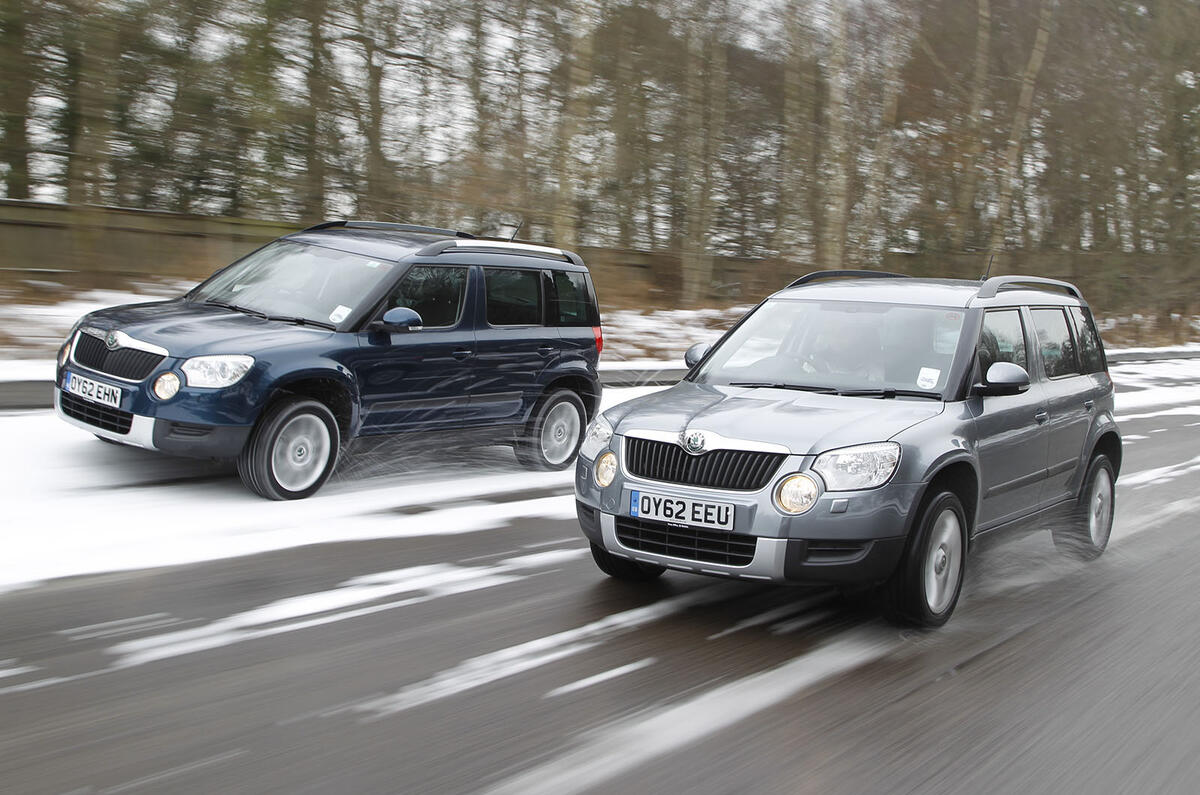
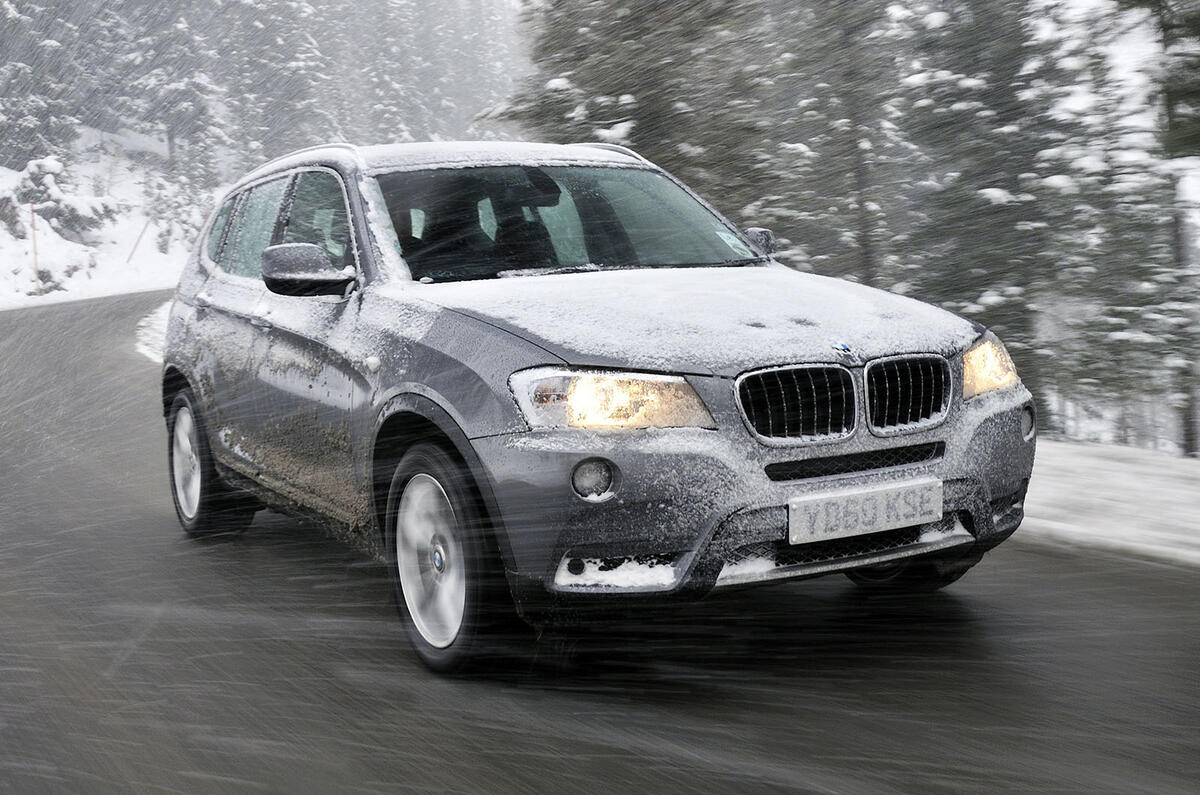

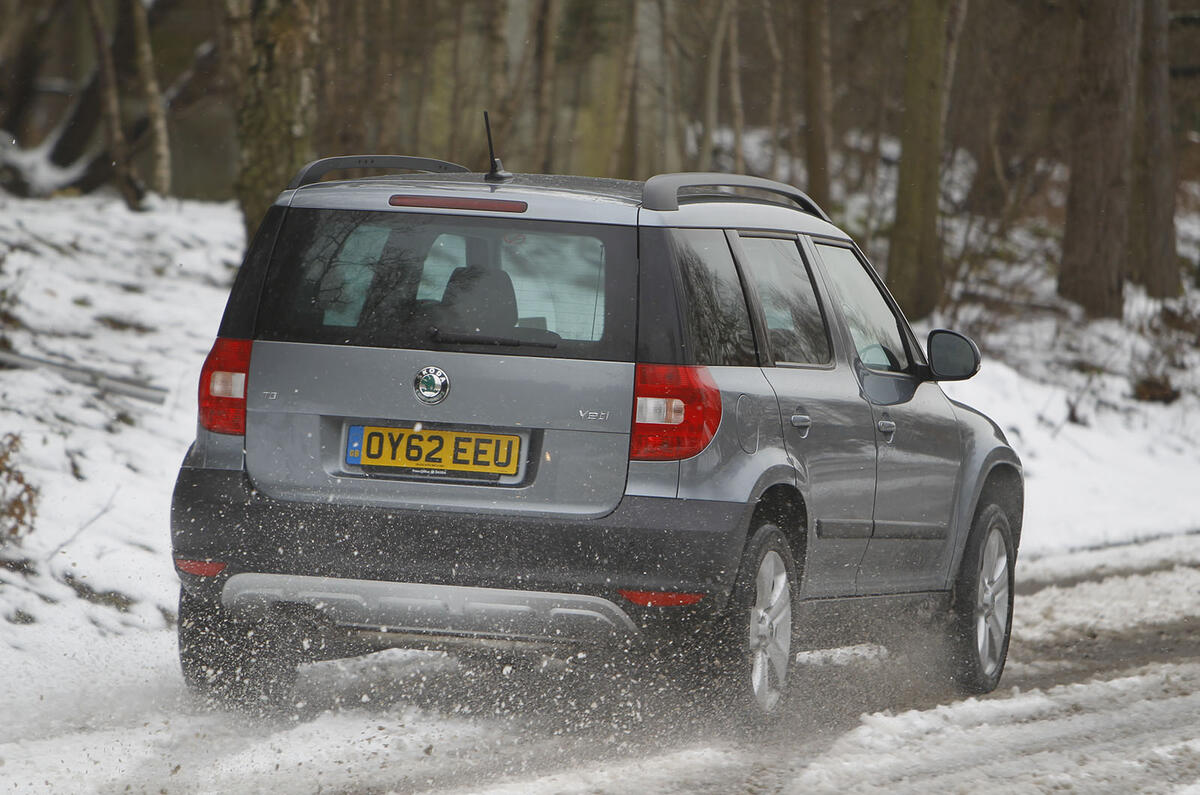

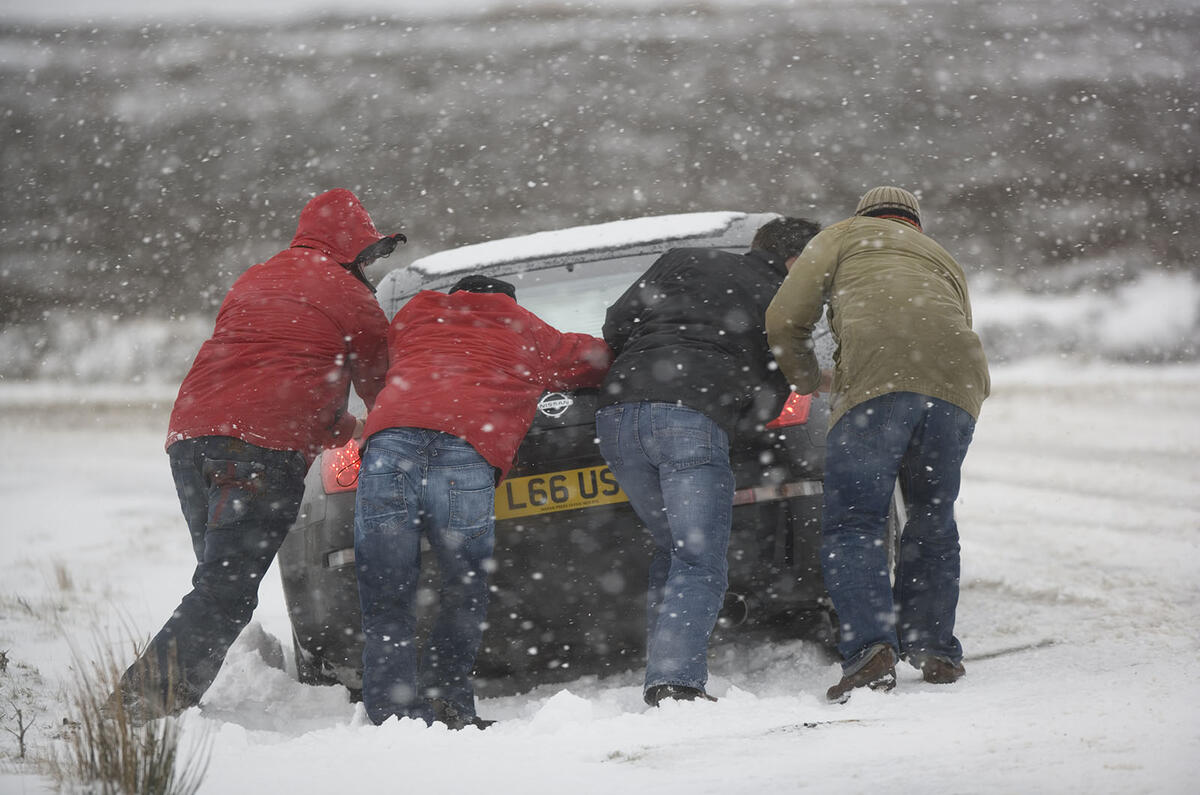
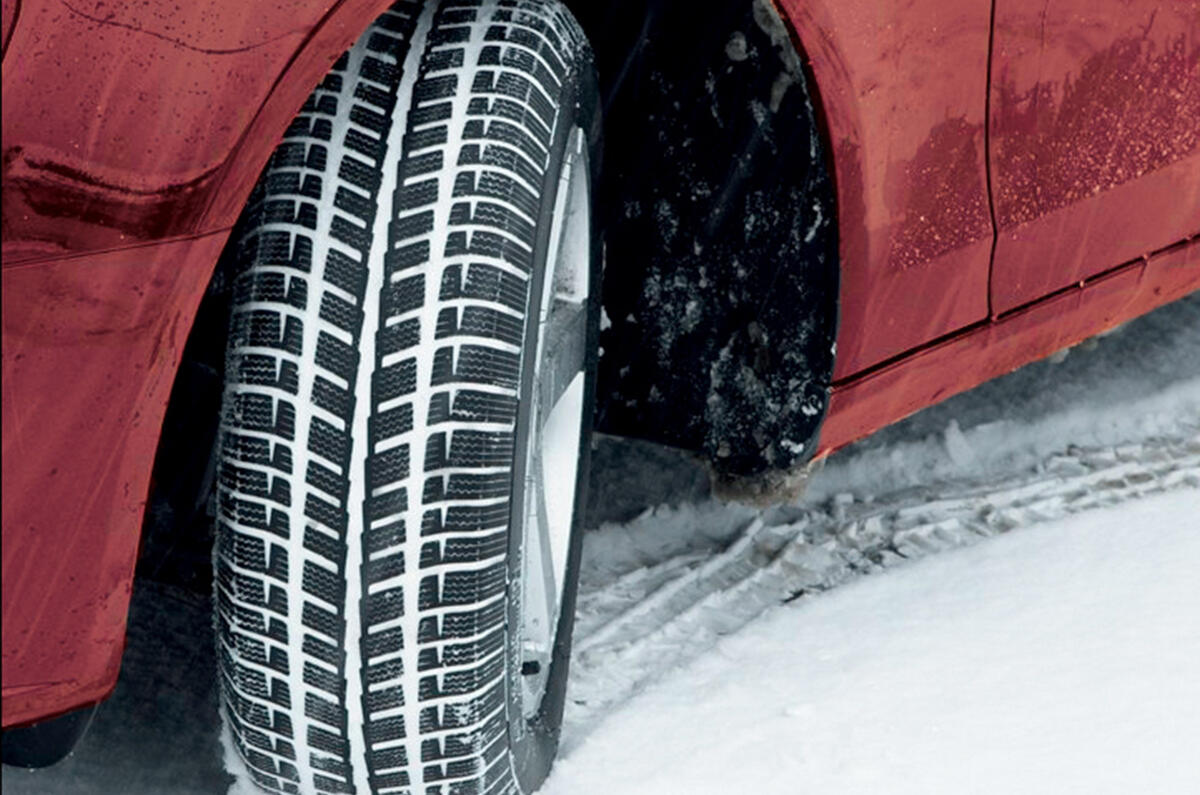
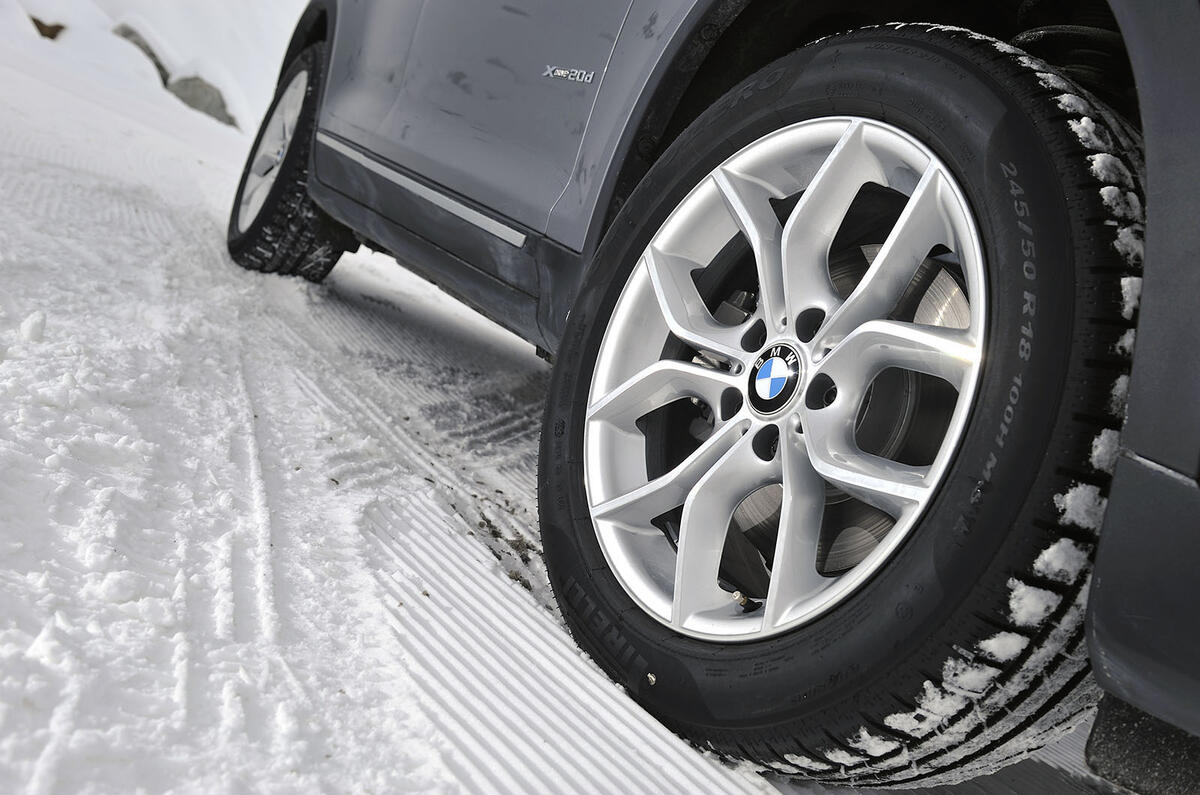








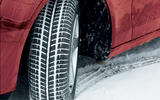
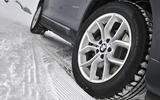


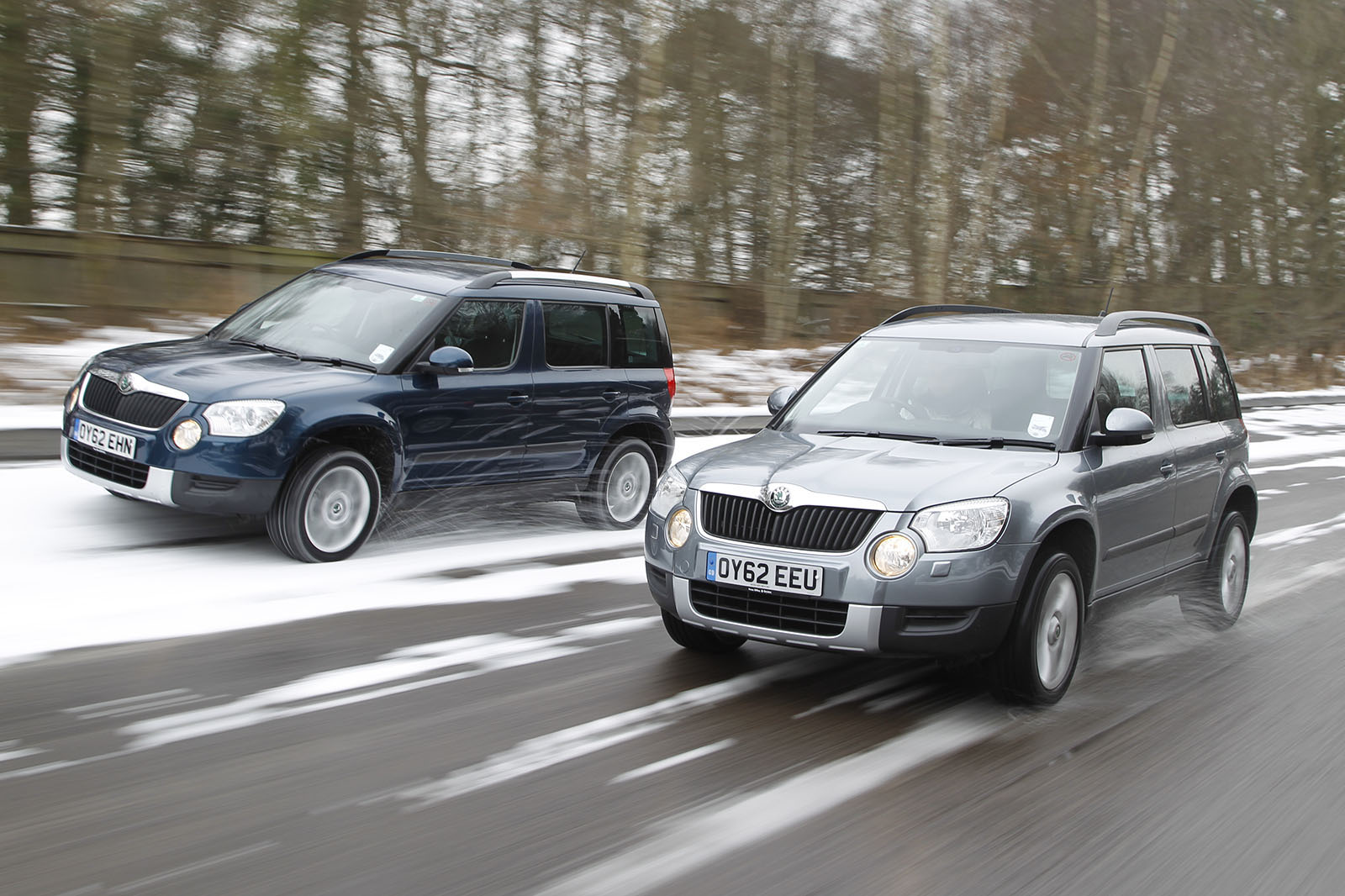

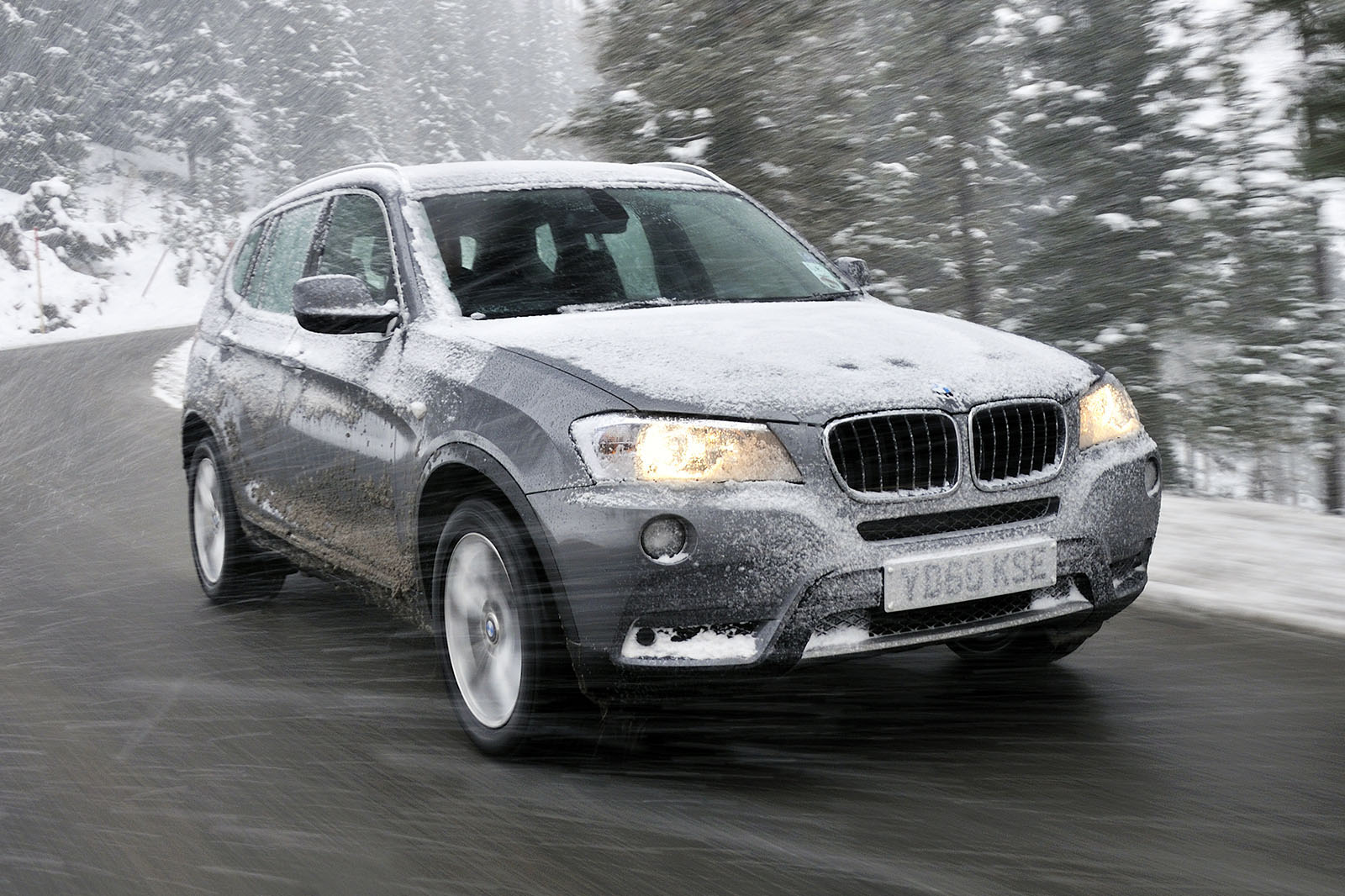
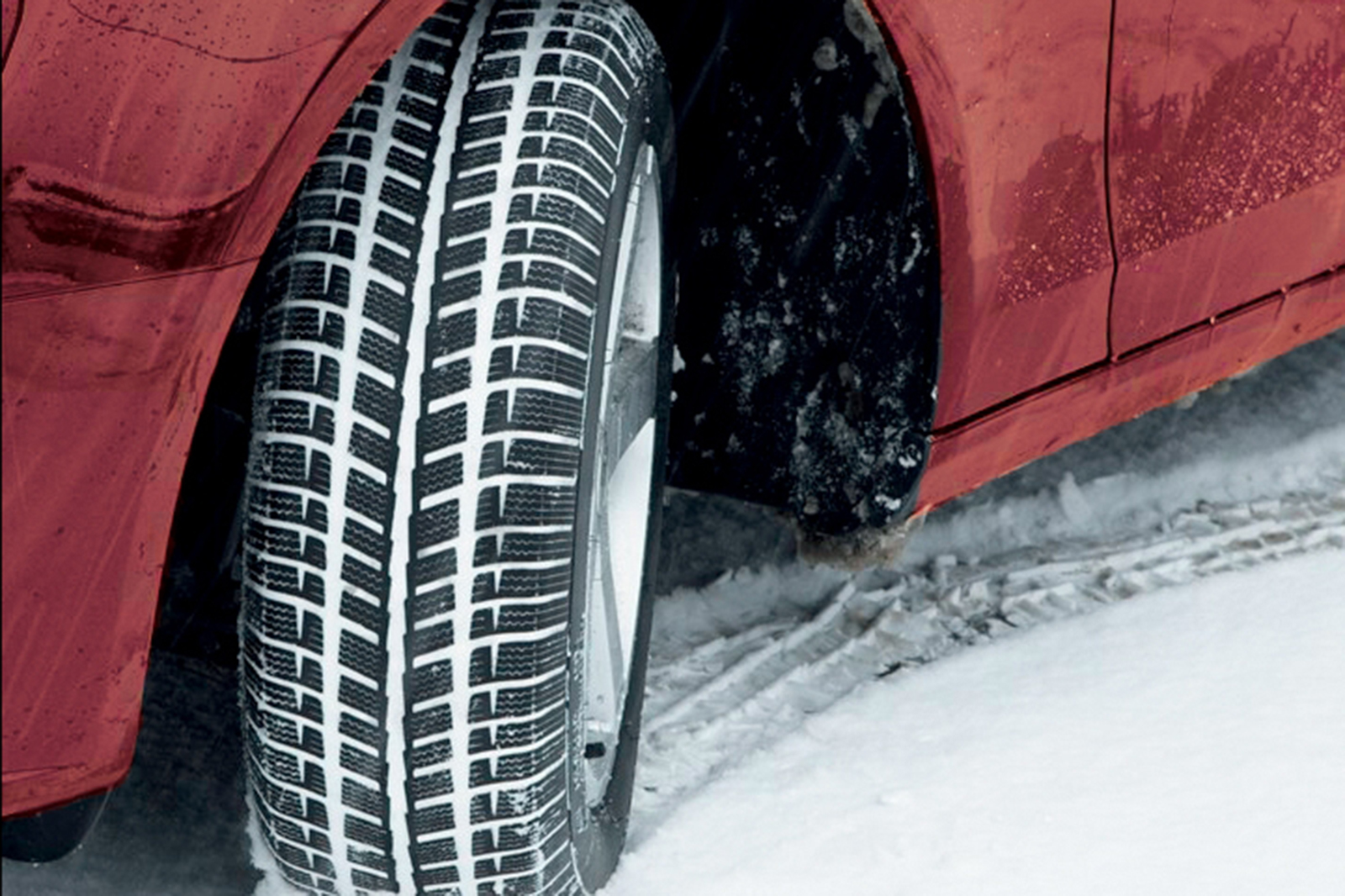

Add your comment